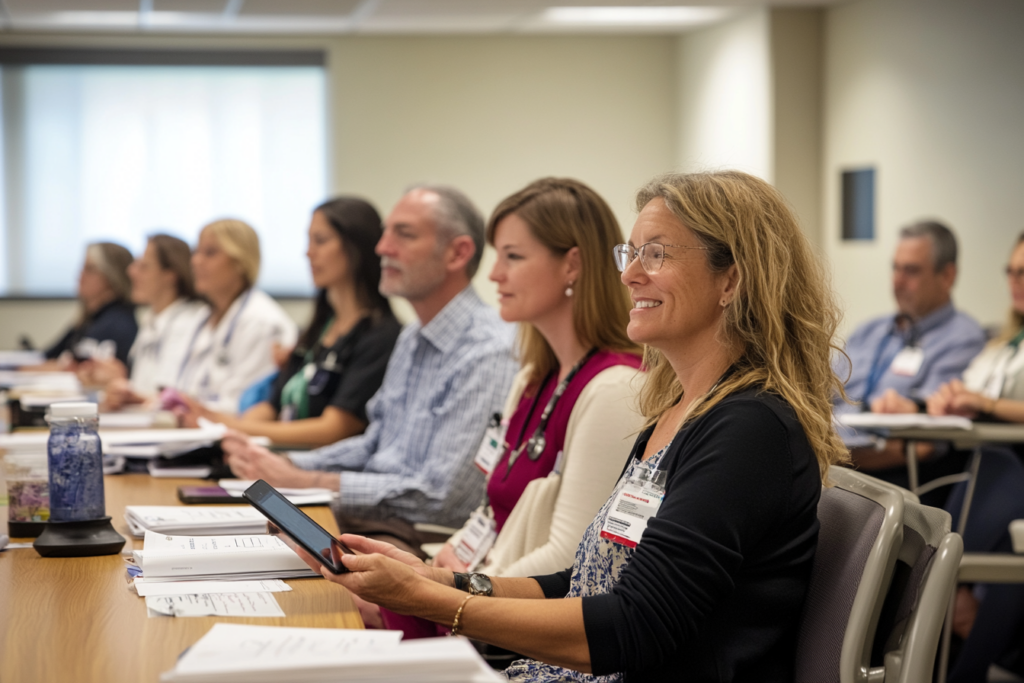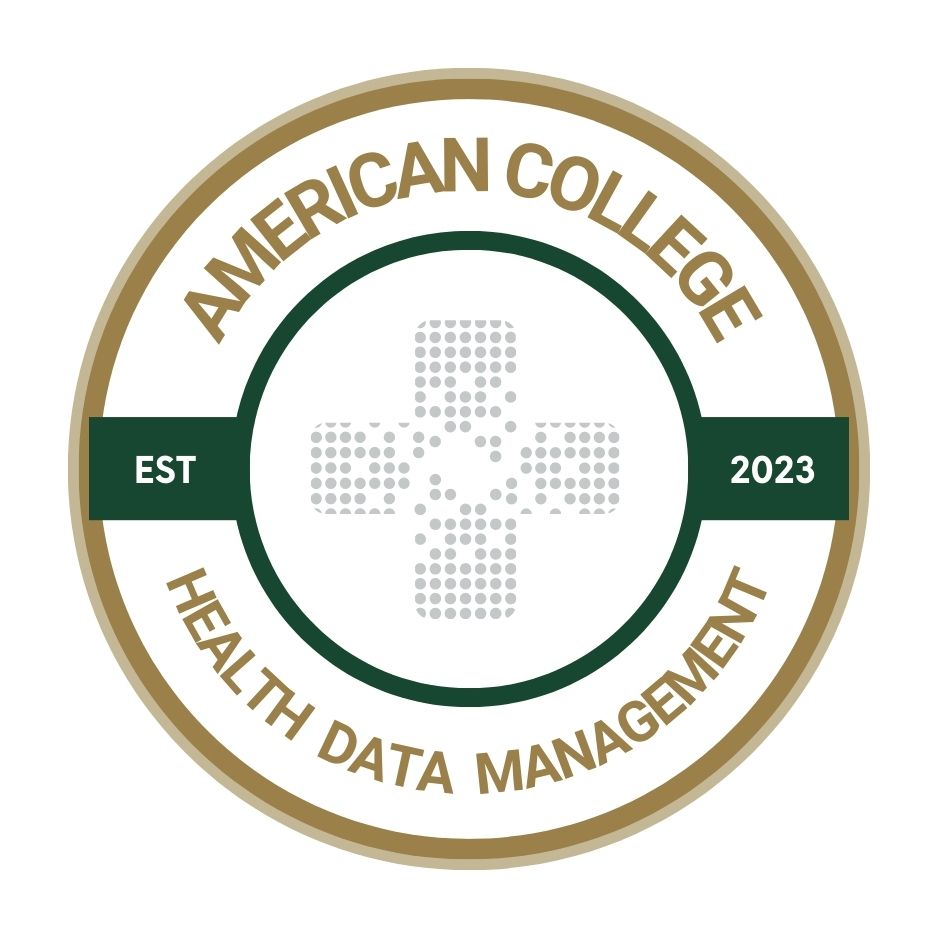Investing in the future: Why upskilling is healthcare’s strategic advantage
Facing historic workforce shortages and digital transformation, health systems see the importance of training and retaining talent.

The future of healthcare will not be defined by algorithms, infrastructure or even innovation alone. It will be defined by the people who work behind the systems — those who are being trained, supported and equipped to adapt in real time to change.
Upskilling is no longer just a human resources initiative; it’s a strategic lever. As health systems face historic workforce shortages and gear up for continued digital transformation, the ability to train and retain talent has emerged as one of the most critical and yet most overlooked success factors in healthcare’s future readiness.
“I’m taking a doctorate degree, attending webinars and participating in forums like the HIMSS Global Health Conference,” says Sam Wambugu, a Fellow of the American College of Health Data Management. “Learning is a continuous process in healthcare, and I encourage my team to do the same. They’re signing up for LinkedIn Learning and engaging in international peer exchange.”
That posture of personal growth paired with team empowerment is one of several ways that organizations are treating professional development. For those aspiring to executive positions, it’s not as a luxury, but understood to be an obligation of leadership.
Education at the core of transformation
Challenges facing the healthcare industry are well documented. Providers are struggling to fill roles, and an increasing number of professionals are exiting the field altogether. A recent survey found that one-third of healthcare workers plan to leave their current roles within a year.
Recruitment is only part of the solution. Many experts now believe that it’s equally important to re-skill the people who are already in place.
“While it may seem counterintuitive, the investment in people through training, onboarding and real-world scenario testing is just as critical as choosing the right tools,” says Liz Griffith, ACHDM Fellow and director of EHR education at uPerform. “We can’t expect people to keep up on their own. We have to build that support into the system.”
Griffith underscores a reality that many CIOs and CMIOs now face, which is that the success of a technology initiative is often determined by whether the staff understands the reasons behind it and embraces it. Poorly onboarded tools and undertrained users don’t just lead to inefficiencies, but they can jeopardize safety and trust.
A culture of perpetual learning
Organizations also are contending with the accelerating pace of technological change. Tools that were new last year are already being updated or enhanced with artificial intelligence capabilities, and that requires a new approach to team readiness.
With data that shows the creation of new jobs and roles in healthcare and public health in the next five to 10 years, professionals must re-skill and upskill continuously, many industry experts believe. This will require an evolution in both formal academic programs and continuing education models to keep pace with the industry.
It’s a sentiment echoed in industry research, particularly in recent research by Gallup. An earlier Gallup study cited by Health Data Management found that nearly two-thirds of workers rate upskilling opportunities as very important when evaluating a job offer. And in the competitive world of health IT, education can be a differentiator.
“To remain relevant, we must adopt a culture of perpetual learning,” adds Anne Marie Orlando, an ACHDM Fellow and head of the Association of Healthcare Value Analysis Professionals. “AI will impact healthcare whether we are ready or not, and I’m proud that my professional association is helping its members understand how AI is applied in healthcare.”
The sentiment that readiness is not optional was echoed at this year’s HIMSS Smart Health Transformation Forum, where leaders emphasized the importance of aligning new tech deployments with workforce needs. “Technology has to solve a real problem,” said Roberta Schwartz, executive vice president at Houston Methodist. “It can’t be another layer of complexity.”
Best practices from the field
What are healthcare leaders doing now to prepare their teams for what’s next? The Fellows of ACHDM offer a few clear takeaways.
Model lifelong learning. Wambugu’s personal pursuit of a doctorate sets a visible example. “When they see me learning, they follow,” he notes.
Operationalize training. Griffith’s message is that training must be designed into the deployment process, not retrofitted after the fact.
Update academic and continuing education pathways. Re-skilling as a system-wide priority that needs agile, up-to-date curriculum development.
Lean into professional associations. Orlando calls for leveraging external education resources and industry bodies to deliver structured insights on fast-moving technologies.
These strategies are not only improving preparedness — they’re building trust and confidence within healthcare teams. And as digital tools from clinical decision support to ambient AI documentation continue to evolve, the demand for well-trained, tech-savvy professionals will only grow.
Looking ahead
If there’s a single thread of strategy coming from ACHDM Fellows, it’s that transformation isn’t just about buying the right tools — it’s about equipping the right people.
Upskilling may not deliver the immediate return on investment associated with a new analytics platform or infrastructure refresh. But as organizations push toward new care models, data strategies and intelligent systems, the workforce will either turn out to be the friction point or the accelerator.
In today’s climate, investment in people is no longer optional. It’s the new infrastructure.
Dr. Jasmine Agnew is senior vice president of academic affairs and professional credentials for AHIMA and an ACHDM Fellow.
